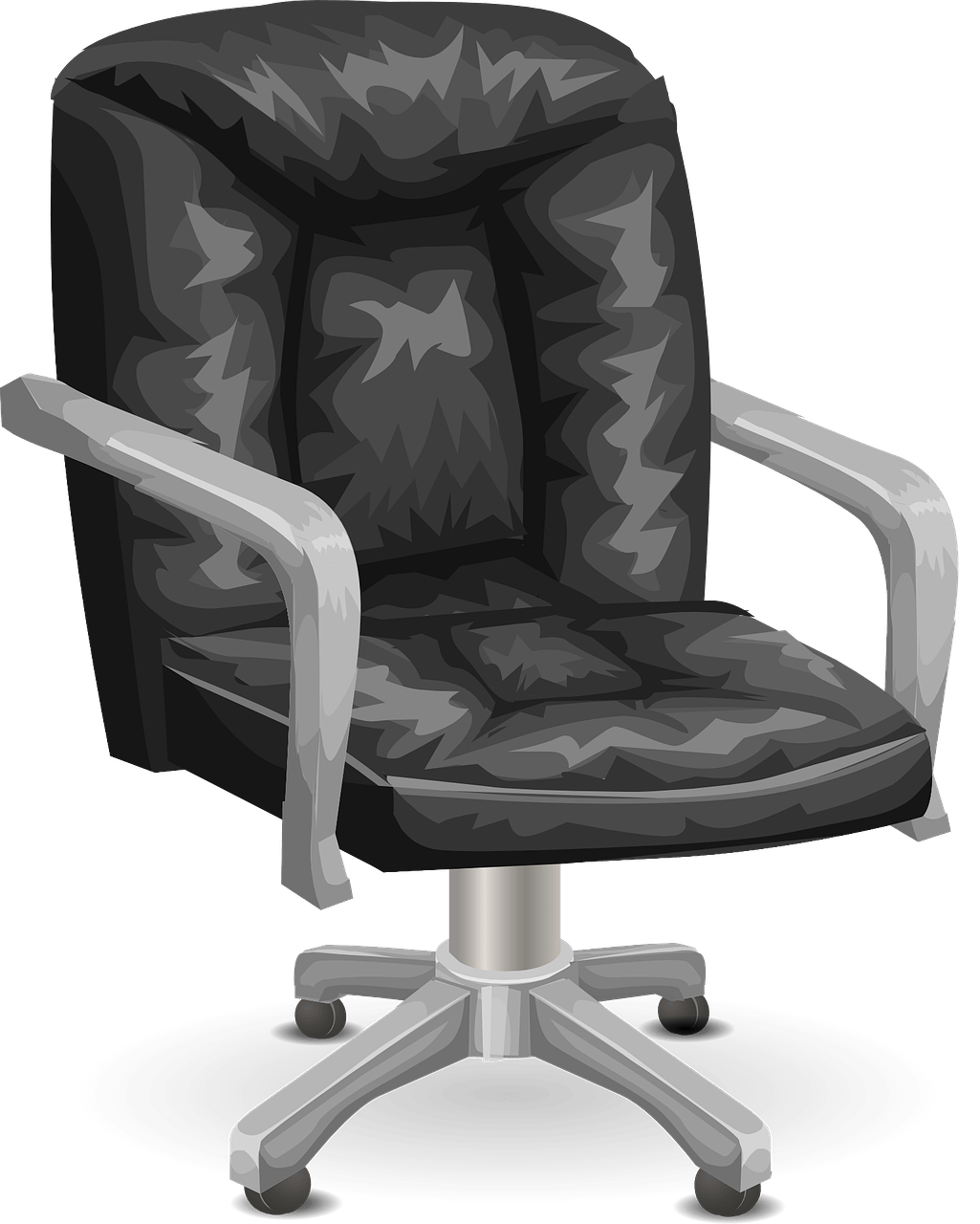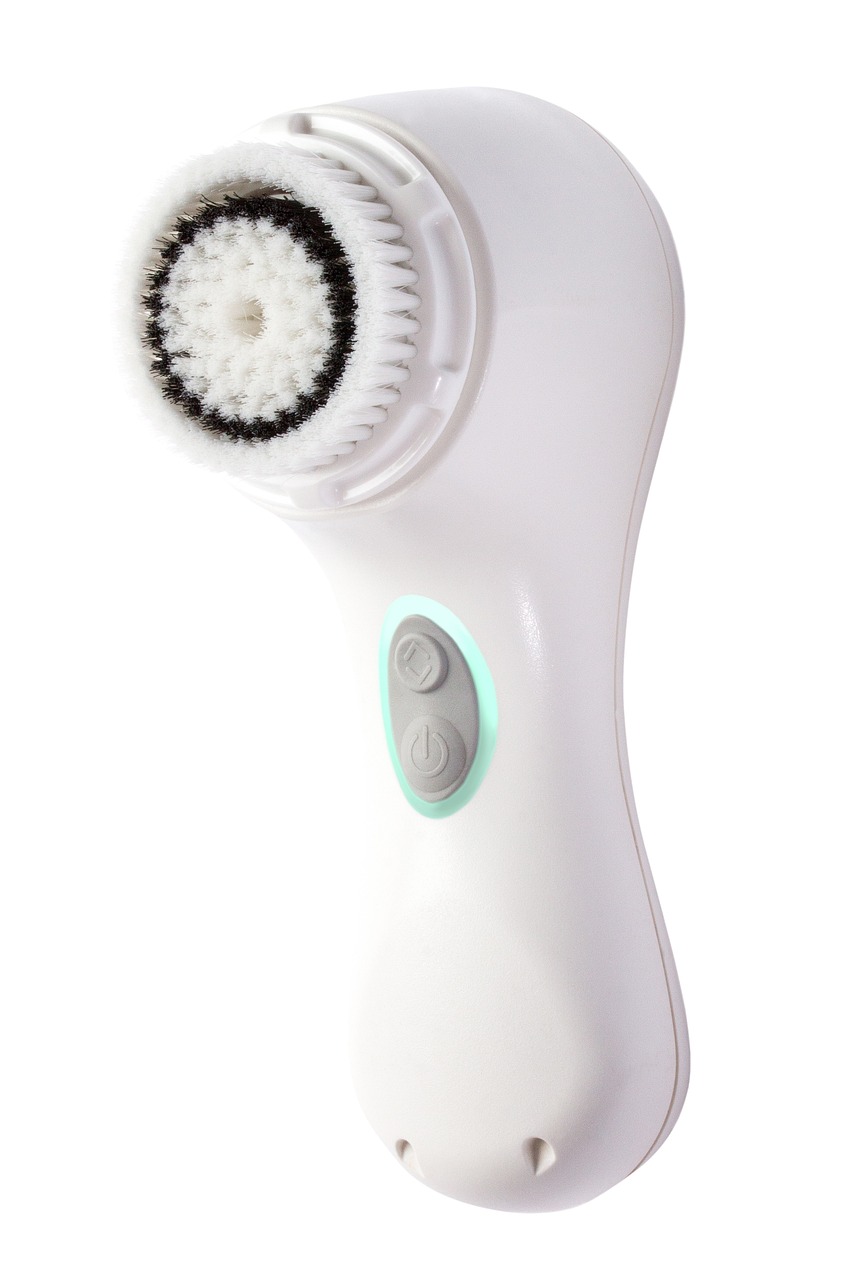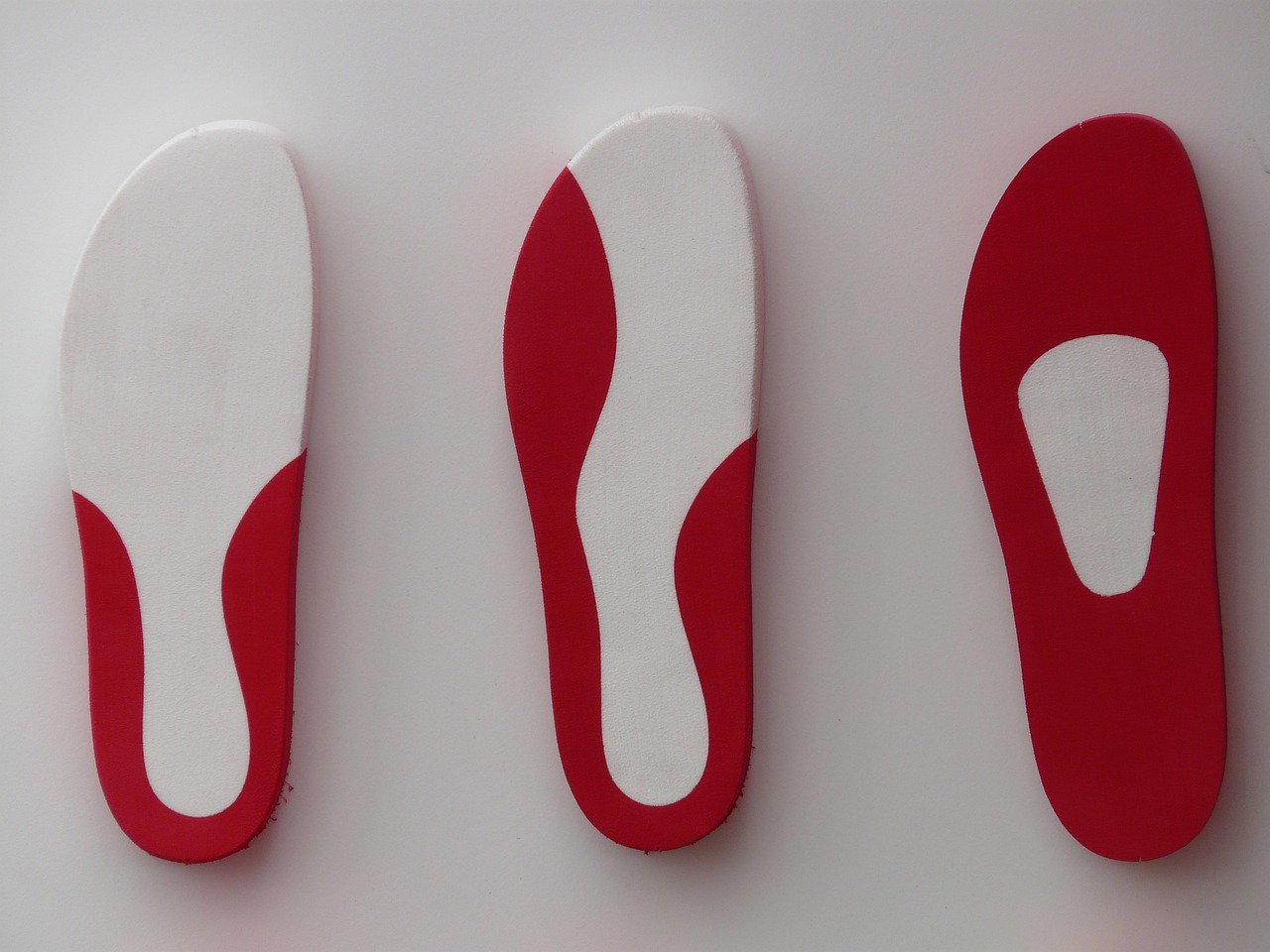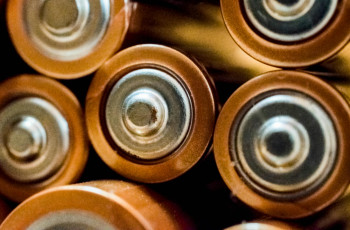Are you struggling to find a cordless die grinder that not only delivers power and performance, but also prioritizes your comfort and usability? Look no further! In this article, we will explore the significant role that ergonomic design plays in cordless die grinder models. From intuitive grip designs to well-balanced weight distribution, manufacturers are constantly innovating to ensure that their products are not only efficient, but also a pleasure to use. So, if you’re tired of dealing with uncomfortable and cumbersome tools, let’s dive into the world of ergonomic design considerations in cordless die grinder models and discover the perfect tool for you.

Ergonomics and its Importance in Cordless Die Grinder Models
Ergonomics refers to the study of designing tools and equipment that fit the human body and optimize its performance. When it comes to power tools like cordless die grinder models, ergonomic design is of paramount importance. Providing users with a comfortable, efficient, and safe working experience can make a significant difference in their productivity and overall well-being.
Significance of Ergonomics in Power Tools
Power tools are known for their ability to accomplish tasks quickly and effectively. However, their improper design can lead to various health issues and decreased efficiency. Ergonomics in power tools play a crucial role in mitigating these risks. By considering human factors such as body posture, muscle fatigue, and user comfort, ergonomic design ensures that power tools can be operated for extended periods without causing unnecessary strain or harm.
Role of Ergonomics in Cordless Die Grinder Models
Cordless die grinders are versatile tools used in various industries for cutting, grinding, and polishing applications. These handheld tools are designed to be compact and lightweight, allowing users the freedom to move around without being hindered by cords. Ergonomic design principles dictate that cordless die grinder models should be comfortable to hold and operate, reducing the risk of strain or injury during prolonged use.
Factors Affecting Ergonomics in Cordless Die Grinder Models
Several factors contribute to the overall ergonomics of cordless die grinder models. Manufacturers must carefully consider these factors to ensure that their tools meet users’ ergonomic needs and expectations. Let’s explore some of these key factors:
Size and Weight of the Grinder
The size and weight of the cordless die grinder can significantly impact its ergonomics. A compact and lightweight grinder allows for easy maneuverability and reduces fatigue during prolonged use. On the other hand, a heavy and bulky grinder can strain the user’s muscles, leading to reduced productivity and increased risk of injuries.
Balance and Center of Gravity
Maintaining a proper balance and center of gravity in a cordless die grinder is crucial for ergonomic performance. An imbalanced tool can cause hand fatigue and make it challenging to control the grinder accurately. Manufacturers should ensure that the weight distribution is optimized to minimize hand strain and enhance user control.
Handle Design
The handle design plays a vital role in the ergonomics of a cordless die grinder. It should provide a secure and comfortable grip, allowing users to maintain control even during prolonged operations. The shape, texture, and circumference of the handle contribute to the overall handling experience.
Vibration and Noise Levels
Excessive vibration and noise can have detrimental effects on user comfort and health. Vibrations transmitted through the tool can cause hand-arm vibration syndrome and musculoskeletal disorders. Minimizing vibration and noise levels through appropriate design and materials can significantly improve ergonomics and reduce the risk of these conditions.
Trigger Design and Placement
The design and placement of the trigger in a cordless die grinder affect the ease of use and user comfort. The trigger should be easily accessible and intuitive to operate, reducing the strain on the user’s fingers and hand. Additionally, a responsive trigger can enhance control and precision during grinding operations.
Battery Placement and Weight
Cordless die grinders rely on batteries for power, and their placement can impact the tool’s ergonomics. The battery should be positioned in a way that maintains a balanced weight distribution and allows for comfortable handling. A heavy or poorly placed battery can strain the user’s arm and limit their maneuverability.

Optimal Grip and Control
The grip and control of a cordless die grinder are critical for user safety and efficiency. A well-designed handle promotes a secure grip and reduces the risk of the tool slipping during use. Several aspects contribute to achieving an optimal grip and control:
Evaluating Handle Design
Manufacturers should carefully evaluate handle designs, considering factors such as comfort, grip security, and user feedback. Conducting hands-on testing and incorporating user input can help refine handle designs to ensure maximum ergonomics.
Surface Texture and Grip Material
The surface texture and grip material of the handle play a significant role in achieving a secure and comfortable grip. A handle with a slip-resistant texture or a material that provides excellent grip even with sweaty hands can enhance user control and prevent accidents.
Ergonomic Handle Shape
The shape of the handle determines how well it fits the user’s hand. Ergonomic handle shapes are designed to accommodate natural hand movements and minimize fatigue. The handle should be contoured to provide a comfortable grip, reducing hand strain during extended use.
Adjustability and Customization
Allowing users to adjust the handle position or customize it to their hand size can further enhance ergonomics. Adjustable handles can accommodate users with different hand sizes or those who prefer specific handle angles, leading to improved comfort and control.
Minimizing Fatigue and Discomfort
Using a cordless die grinder for prolonged periods can lead to operator fatigue and discomfort. Ergonomic design considerations aim to minimize these issues and create a safer and more efficient working experience. Here are some factors that contribute to minimizing fatigue and discomfort:
Vibration Dampening Technology
Vibration dampening technology incorporates materials and design elements that absorb or dissipate vibration. By reducing the transmission of vibrations to the user’s hands and arms, this technology minimizes the risk of hand-arm vibration syndrome and related disorders.
Anti-Vibration Handle Features
Anti-vibration handle features, such as rubber or foam padding, can further reduce the impact of vibrations on the user. These features absorb and dampen vibrations, providing a more comfortable grip and reducing muscle fatigue.
Grip Circumference and Finger Reach
The circumference of the handle should be appropriate for the user’s hand size. A handle that is too large or too small can strain the user’s hand and fingers, leading to discomfort and reduced grip strength. Additionally, the distance between the grip and the trigger should allow for natural finger reach without overextension.
Reduced Hand-Arm Vibration Exposure
Addressing hand-arm vibration exposure is crucial for minimizing fatigue and discomfort. By designing features that reduce vibration transmission, such as anti-vibration mounts, manufacturers can ensure that users can operate the cordless die grinder for longer periods without experiencing excessive hand fatigue.

Enhancing Safety and Precision
Safety and precision are of utmost importance in any power tool, including cordless die grinders. Ergonomic design considerations can significantly impact user safety and the accuracy of grinding operations. Let’s explore how ergonomics plays a role in enhancing safety and precision:
Guarding and Shielding Systems
Cordless die grinders should be equipped with effective guarding and shielding systems to protect the user from debris and sparks. These systems should be ergonomically designed to allow for easy installation, adjustment, and maintenance without compromising safety.
Safety Switches and Lock-Off Mechanisms
Safety switches and lock-off mechanisms are critical features in cordless die grinders. They prevent accidental starting or activation of the tool, reducing the risk of injuries. Placing these switches and mechanisms in easily accessible and ergonomic positions ensures that users can quickly and conveniently operate them when needed.
Clear Line of Visibility
Maintaining a clear line of visibility during grinding operations is essential for accuracy and safety. Ergonomic design principles dictate that the tool body and handle should not obstruct the user’s view of the grinding area. This allows the operator to precisely position the grinder and monitor the grinding process effectively.
Ergonomic Placement of Buttons and Controls
All buttons and controls on a cordless die grinder should be placed in ergonomic positions. This ensures that users can operate the tool without straining their hand or finger movements. Intuitive button placement and easy-to-reach controls enhance both safety and efficiency.
Precision and Accuracy in Grinding Operations
Ergonomics can significantly impact the precision and accuracy of grinding operations. A well-designed cordless die grinder allows users to maintain consistent control and pressure during grinding, resulting in more precise outcomes. Enhanced ergonomics can also reduce the occurrence of human errors, improving overall efficiency and product quality.
Battery and Power Considerations
The battery and power system of a cordless die grinder play a vital role in its overall ergonomics. Considerations such as weight distribution, battery size, and charging ease can significantly impact the user’s experience. Let’s delve into these battery and power considerations:
Weight Distribution with Battery
The weight distribution of a cordless die grinder, including the battery, is crucial for comfortable handling. If the battery is excessively heavy or poorly positioned, it can strain the user’s arm and cause fatigue. Manufacturers should strive for a balanced weight distribution that promotes prolonged use without discomfort.
Battery Size and Run Time
The size and capacity of the battery affect both the weight of the tool and its run time. While a larger battery may provide longer run time, it can also add significant weight to the grinder. Manufacturers should strike a balance between battery size, run time, and overall tool weight to optimize ergonomics.
Ergonomic Battery Placement
Proper placement of the battery is essential for user comfort and ease of use. The battery should not interfere with the grip or operation of the cordless die grinder. Ergonomic battery placement ensures that the tool remains well-balanced and easy to handle, even during extended working periods.
Battery Charging and Swapping Ease
The ease of battery charging and swapping is another important consideration for ergonomics. Manufacturers should provide convenient and efficient battery charging systems that allow users to quickly recharge or swap batteries without interrupting their work. This helps minimize downtime and prevents unnecessary strain on the user.
Impact of Ergonomics on User Experience and Productivity
Considering ergonomics in the design of cordless die grinder models can have a significant impact on user experience and productivity. Let’s explore the benefits that ergonomic design brings to both users and manufacturers:
Reduced Operator Fatigue and Discomfort
Ergonomics aim to reduce operator fatigue and discomfort by providing tools that are comfortable to hold, control, and operate. When users can work for longer periods without experiencing strain or discomfort, their productivity and overall satisfaction increase. Reduced fatigue also leads to fewer work-related injuries and absenteeism.
Improved Control and Precision
Ergonomic design considerations result in cordless die grinders that are easier to handle and control. With improved grip, reduced vibration, and optimal weight distribution, users can achieve better control over the tool’s movements. This translates into enhanced precision and accuracy in grinding operations, reducing the need for rework or errors.
Increased Productivity and Efficiency
An ergonomic cordless die grinder enables users to work more effectively and efficiently. By reducing the physical strain and discomfort associated with prolonged tool use, ergonomic tools minimize downtime and maximize productivity. Workers can complete tasks faster and with greater accuracy, leading to improved overall efficiency in the workplace.
Regulatory Requirements and Standards
Various regulatory organizations and standards exist to ensure that power tools meet safety and ergonomic guidelines. Manufacturers must adhere to these requirements to promote user safety and protect against potential liabilities. Let’s explore some of the key regulatory requirements and standards:
Occupational Safety and Health Administration (OSHA) Standards
In the United States, the Occupational Safety and Health Administration (OSHA) sets standards and provides guidelines for workplace safety, including power tool ergonomics. Manufacturers must ensure that their cordless die grinder models comply with OSHA regulations to protect workers from hazards related to tool use.
European Union (EU) Directives
The European Union (EU) has directives in place to regulate the safety and ergonomic aspects of power tools marketed within its member states. These directives outline specific requirements that manufacturers must meet to ensure the safe and ergonomic use of their tools in European markets.
ISO Ergonomics Standards
The International Organization for Standardization (ISO) has developed several standards related to ergonomics and power tool design. ISO 6385, for example, provides general ergonomic principles for the design of work systems. Compliance with ISO ergonomic standards ensures that cordless die grinder models meet internationally recognized guidelines.
Evaluating Ergonomics in Cordless Die Grinder Models
Evaluating the ergonomics of cordless die grinder models is a crucial step in determining their usability and effectiveness. Manufacturers and users alike employ various methods to assess the ergonomic performance of these tools. Let’s explore some common evaluation approaches:
Hands-on Testing and Evaluation
Manufacturers often conduct hands-on testing and evaluation to assess the ergonomics of their cordless die grinder models. This involves having individuals with varying hand sizes and experience levels use the tool under various operating conditions. Observations and feedback from these tests help identify any ergonomic issues or areas for improvement.
User Feedback and Reviews
Gathering user feedback and reviews is another valuable method of evaluating the ergonomic performance of cordless die grinder models. End-users provide insights into the comfort, usability, and overall ergonomics of the tool based on their hands-on experiences. User feedback can highlight both positive aspects and potential areas for improvement.
Comparison with Competitor Models
Comparing cordless die grinder models with competitor models can provide valuable insights into their ergonomic design. By analyzing how different manufacturers address ergonomics, one can identify best practices and areas for innovation. Such comparisons can help both manufacturers and users make informed decisions when selecting or designing cordless die grinder models.
Conclusion
Ergonomic design is essential when it comes to cordless die grinder models. By considering factors such as size, weight, balance, handle design, vibration levels, and power considerations, manufacturers can create tools that promote user safety, comfort, and efficiency. Ergonomics in cordless die grinders not only reduce operator fatigue and discomfort but also enhance control, precision, productivity, and overall user satisfaction. Adhering to regulatory requirements and standards ensures that manufacturers meet industry guidelines for ergonomic performance. Evaluating ergonomics through hands-on testing, user feedback, and competitor comparisons allows both manufacturers and users to make informed decisions and contribute to a safer and more comfortable working environment. By prioritizing ergonomic design, manufacturers and users can reap the benefits of cordless die grinder models that prioritize user well-being and optimize performance.



